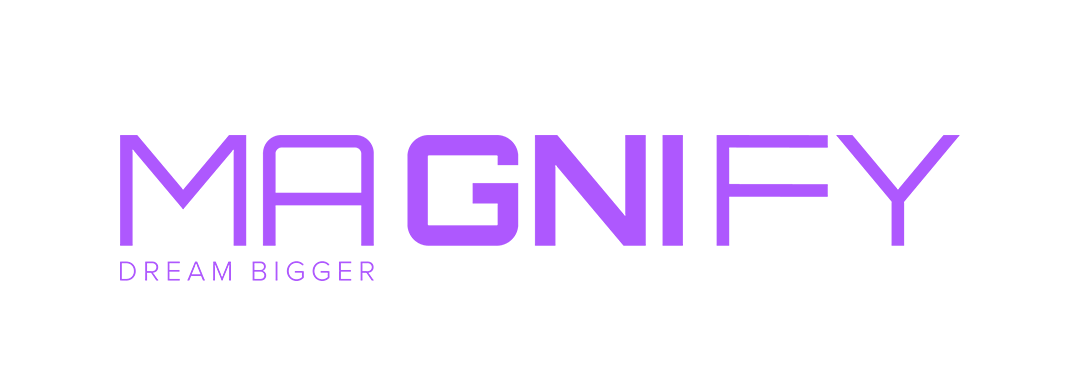When the ad promise matches the post-click reality, the booking path is light, and proof sits right at the decision point, CAC drops almost by itself. Real case study from Bahrain.
What I've Seen Firsthand
TL;DR: When the ad promise matches the post-click reality, the booking path is light, and proof sits right at the decision point, CAC drops almost by itself. In this Bahrain home-services case, CAC fell ~35% in four weeks without increasing spend—by clarifying value, fixing the experience, and tying content to what actually happens on the ground.
Context
The client is a Bahrain-based home-services brand. Demand existed, but returns were inconsistent. What ads implied wasn't what visitors felt after the click. CAC was high relative to ticket size, and traffic leaked through questions the page never answered.
What the diagnosis revealed
There was a gap between message and experience. Copy was generic and avoided naming the specific benefit. The landing page looked polished but didn't answer obvious objections. There was friction in the booking flow and contact options, and visuals felt stock-like rather than what a customer would actually see at home. Targeting and creative mixed different segments under one umbrella message, which blurred relevance.
What changed—and why it mattered
We switched from "we're the best" to "here's the benefit you'll feel today." The page began answering before visitors had to ask: starting price and what it covers, expected arrival window, what's in/out of scope, and how we handle edge cases. A testimonial that mirrored the reader sat beside the primary CTA.
Photos and short clips showed the real crew at work, not generic perfection. Contact stayed visible (call and WhatsApp) throughout the journey. Creatives replaced glossy b-roll with one clear step explained in under 10 seconds, and the headline became a single, repeatable sentence. Instagram, TikTok, and the landing page carried the same promise so the experience felt continuous, not disjointed.
The numbers after four weeks
Click-through improved as relevance sharpened. On-page conversion rose once unanswered questions disappeared. CAC dropped ~35% with the same ad budget. Calls and WhatsApp messages tied to the campaigns increased, exploratory questions decreased, and first-response time improved—lifting confirmed bookings.
What we learned
People don't believe promises they can't see. Real footage beats perfect stock. A direct sentence beats ornate prose. One honest testimonial beside the CTA can outperform paragraphs of persuasion. When the message respects operational reality, marketing becomes a megaphone for genuine value—not a mask for a gap.
FAQ
Is this repeatable in other verticals?
Yes—when a tangible benefit exists and the post-click experience honors the promise. Percentages vary, but the pattern holds: clarity of value + low-friction journey = lower CAC.
Did you need discounts?
No. Once the offer was understood and proof was visible, reliance on discounts faded. Price became a part of the story, not the whole story.
Did you raise the budget?
No. We kept spend flat and raised impact by aligning message, page, proof, and channel consistency.
How fast can someone expect results?
When you remove the biggest friction and fix the message, early signals arrive in weeks and compound with disciplined execution.
Can this work without a full website?
A strong landing page can start the motion. A well-structured site helps more, because it becomes the single source of truth that boosts trust and conversion.
CEO's closing note
I don't sell "marketing tricks." I look for the truth that deserves a microphone. When we find it, lower CAC is the natural consequence—not a surprise. Our job then is to remove noise so the market can hear that truth.


